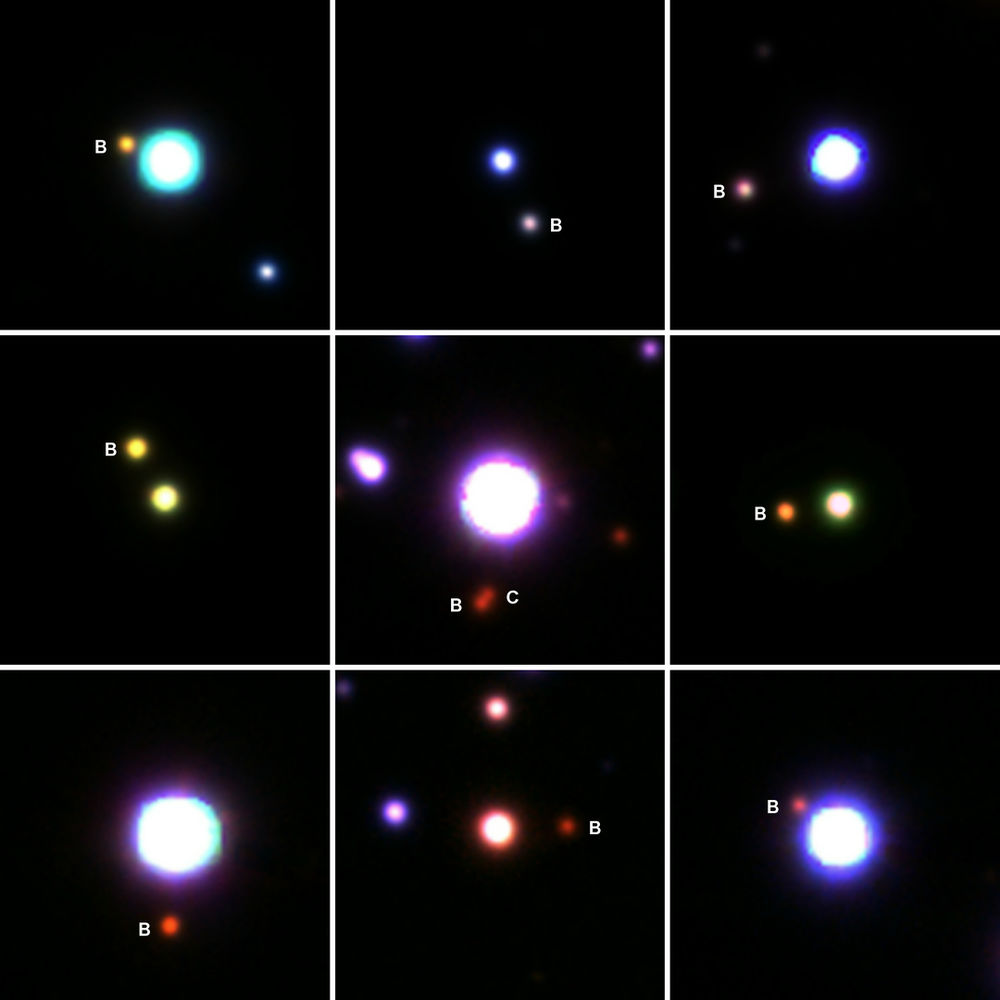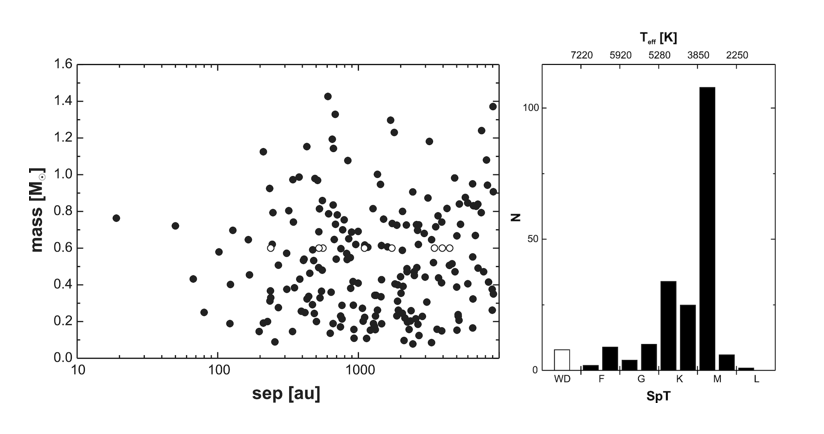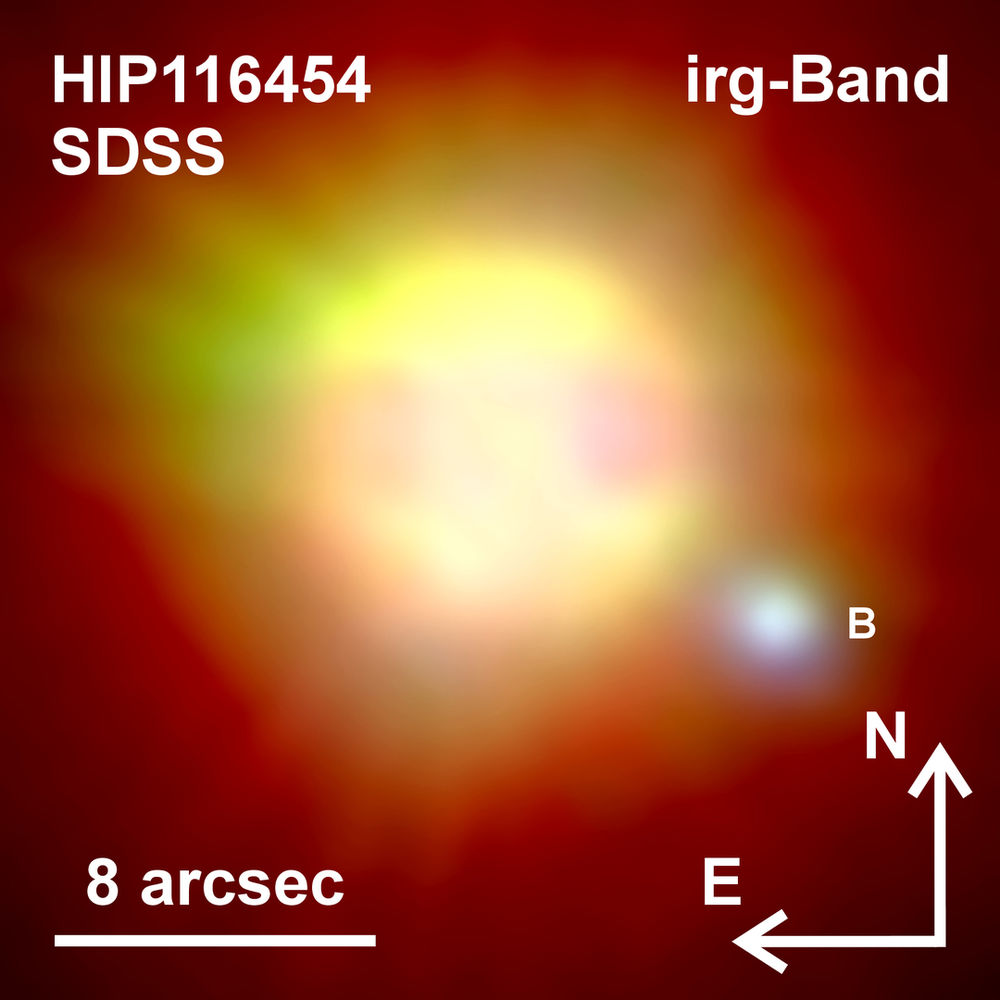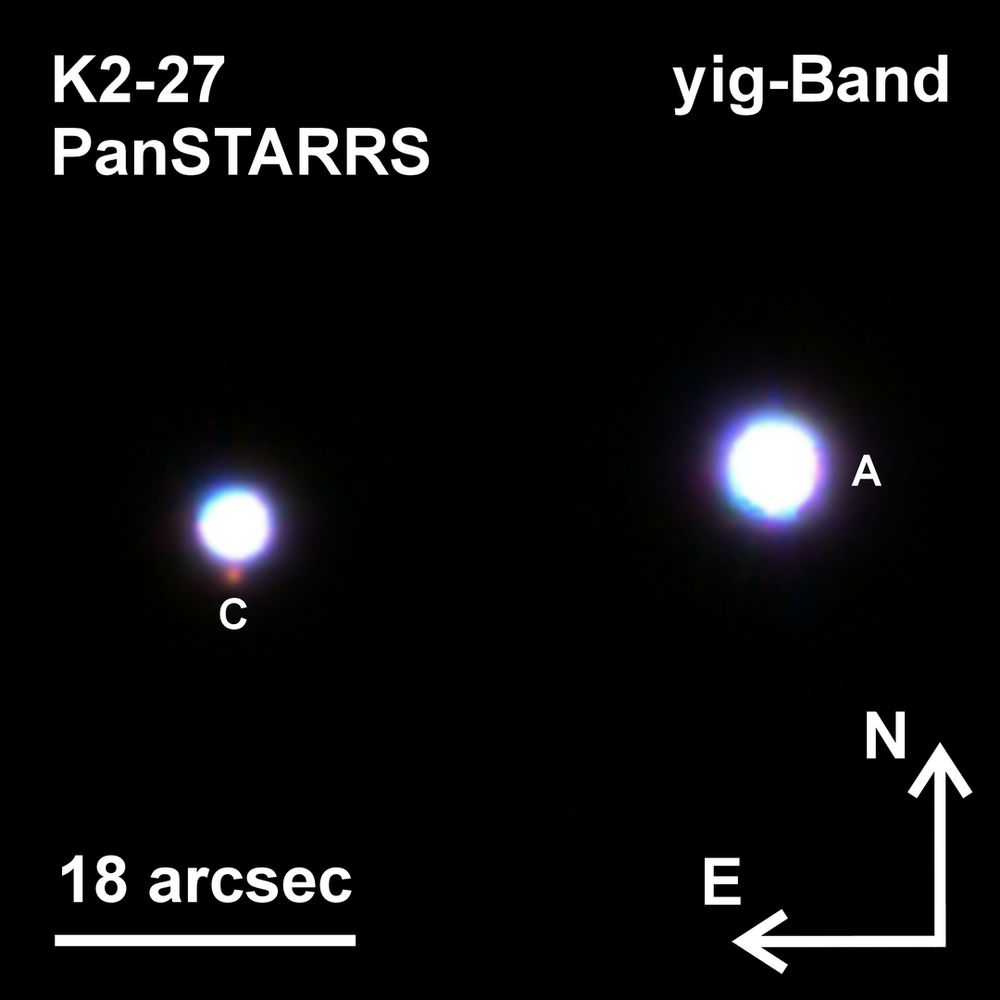Right now, we know of about 4,000 confirmed exoplanets, mostly thanks to the Kepler mission. TESS, the Transiting Exoplanet Survey Satellite, will likely raise that 4000 by a lot. But what about the stars that all of these planets orbit?
A new study from the Astrophysical Institute and University Observatory of the University of Jena identified over 200 exoplanets that exist in multiple star systems. The study is part of the effort to understand how host stars shape the formation and evolution of planets.
The author of this study is Dr. Markus Mugrauer, an astrophysicist at the Astrophysical Institute and University Observatory of the University of Jena, in Germany. His work is based on the second data release from Gaia, the ESA’s mission to create a 3D map of our galaxy. Mugrauer is interested in how multiple star system’s shape planet formation and development, which happens early in a solar system’s life.
“Multiple star systems are very common in our Milky Way.”
Dr. Markus Mugrauer, Study Author, University of Jena.
The new survey shows that within 1600 light years of the Sun, there are 176 binary stars, 27 hierarchical triples, and one hierarchical quadruple system that all host exoplanets. That total of 208 multiple star systems with planets is out of more than 1300 exoplanet hosting stars within the same distance.
The study is titled “Search for stellar companions of exoplanet host stars by exploring the second ESA-Gaia data release.” It’s published in the Monthly Notices of the Royal Astronomical Society, November 13th, 2019. Mugrauer is the sole author.
“Multiple star systems are very common in our Milky Way,” explained Mugrauer in a press release. “If such systems include planets, they are of particular interest to Astrophysics, because the planetary systems in them can differ from our solar system in fundamental ways.”

The number of actual stars in the Milky Way is impossible to ascertain. Low mass stars are hard to find, especially at any great distance from us. But as stars go, astronomers often work with a range of between 200 to 400 billion stars in our galaxy. Some estimates show that up to 85% of the stars in the Milky Way are in multiple star systems. Kepler data shows that only one third of multiple star systems have planets. But how multiple star systems shape the planets that orbit them is still a question with widespread consequences.
Mugrauer’s work goes beyond just finding and identifying multiple star systems that host exoplanets. He wanted to characterize these solar systems in more detail. He found that the systems vary greatly in size. Tightly bound systems have companion stars within 20 AU of their star, which is similar to Uranus’ distance from our Sun, and wider systems have companions over 9000 AUs from their star. However they’re most frequently found at around 1000 AUs.

Right: The distribution of the derived spectral types (SpT) of all companions, detected in this survey. Image Credit: M. Mugrauer, 2019.
He also characterized the types and numbers of stars in these systems.
The stars in Mugrauer study vary in age, mass and temperature. The most massive star he found is 1.4 times more massive than our Sun, and the least massive are only 8% the mass of the Sun. However, the mass of the companions peaks between 0.15 and 0.3 solar masses. Many of the multiple star systems contained a larger, “dominant” star, and a smaller companion: lower mass, cool dwarf stars that glow red.

One question facing astronomers is whether or not exoplanets can survive the sometimes devastating convulsions of a star nearing the final stages of its evolution. (See Universe Today: It Seems Impossible, But Somehow This Planet Survived its Star’s Red Giant Phase) Mugrauer found eight white dwarfs among his multiple star systems, strengthening the case that planets can survive, at least sometimes, when a host star wreaks havoc on its surroundings.
Of the 208 multiple star systems in Mugrauer’s study, the vast majority—176—are binary star systems. But there are also 27 triple star systems and even one quadruple star system. And in between 20 AUs and 10,000 AUs, 15% of the stars have a companion. This goes against the general frequency of Sun-like stars with companions, where astronomers expect to find twice as many. Also, the companion stars Mugrauer found in his study show distances about five times greater than in “ordinary” systems.
According to Mugrauer, “These two factors taken together could indicate that the influence of several stars in a star system disrupts the process of planet formation as well as the further development of their orbits.”

The presence of a stellar companion could disrupt the planet-forming process in the disk around the young stars. Its gravity could also influence the evolution of a planet’s orbit.
Mugrauer found that about 15% of exoplanet-hosting stars in his study have one or more companion stars. But he sees this as just the beginning of his work. He intends to continually update his list as an ongoing project as new exoplanet missions, especially TESS, do their work.
With this growing database of exoplanet-hosting multiple star systems, astronomers can start to answer an intriguing question: how do planets form, evolve, and adapt when their host star has a companion?
